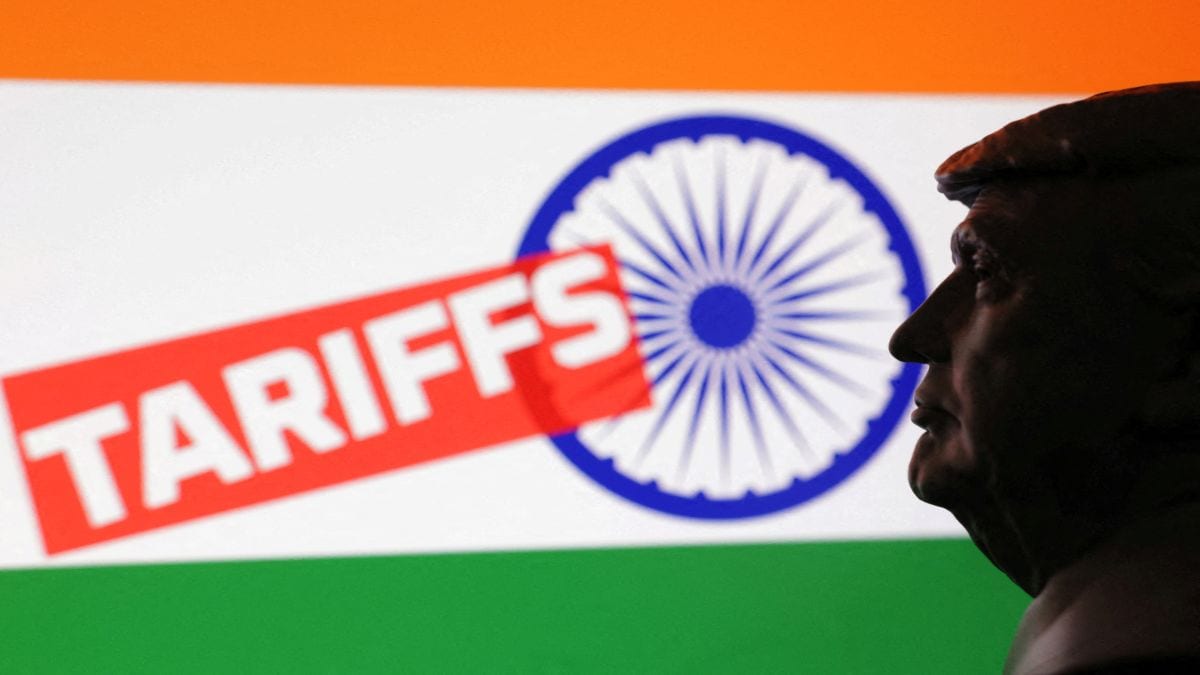

The United States' approach to tariffs and sanctions, particularly concerning India's role in the Russia-Ukraine conflict, reveals a complex and, at times, perplexing strategy. Recent actions by the U.S. government, specifically under President Trump, suggest a shifting logic where economic measures are being used to influence geopolitical outcomes, with India finding itself at the center of this strategy.
The crux of the matter lies in the U.S.'s decision to impose significant tariffs on Indian exports, reportedly as high as 50%, justified by India's continued purchase of Russian oil. The White House Press Secretary, Karoline Leavitt, stated that these tariffs are aimed at deterring Russia from continuing the conflict in Ukraine, effectively applying "secondary pressure" on Moscow. This stance implies that India's economic activity is indirectly fueling the war, a claim that has raised eyebrows in New Delhi.
Indian External Affairs Minister S. Jaishankar has voiced his bewilderment at the U.S.'s reasoning, pointing out that India is not the largest purchaser of Russian oil or LNG. He highlighted that China and the European Union import larger quantities of Russian energy without facing similar punitive measures. Jaishankar defended India's energy policy as a sovereign decision crucial for stabilizing global energy markets and meeting domestic demand, also noting that India also purchases oil from the U.S.
The situation is further complicated by the suspension of fresh U.S.-Europe sanctions against Russia, leading to questions about the rationale behind maintaining "secondary sanctions". Moreover, the cancellation of a U.S. negotiating team's visit to India and the labeling of India as "recalcitrant" by U.S. Treasury Secretary Scott Bessent have added to the strain in relations.
Despite these tensions, India has consistently advocated for a peaceful resolution to the Ukraine conflict through diplomacy and dialogue. Prime Minister Narendra Modi has reiterated this position in discussions with Russian President Vladimir Putin, emphasizing India's support for all efforts towards achieving peace.
The U.S.'s perspective appears to be that India, through its economic ties with Russia, can play a role inPressuring Moscow to end the conflict. This is based on the idea that restricting Russia's revenue streams will undermine its ability to sustain the war effort. However, India views its relationship with Russia as a long-standing strategic partnership that includes defense and trade cooperation. India also aims to increase exports to Russia in sectors like pharmaceuticals, agriculture, and textiles to correct the trade imbalance.
The path to peace in Ukraine is multifaceted, and the U.S. seems to believe that it runs, in part, through India. Whether this strategy, characterized by tariffs and sanctions, will be effective remains to be seen. The situation highlights the intricate interplay between economics and geopolitics, where trade policies are deployed as tools to achieve broader foreign policy objectives. It also underscores the challenges faced by countries like India, which are trying to balance their national interests with the expectations and pressures from major global powers. Ultimately, the success of this approach will depend on a complex web of factors, including diplomatic negotiations, economic realities, and the evolving dynamics of the Russia-Ukraine conflict.